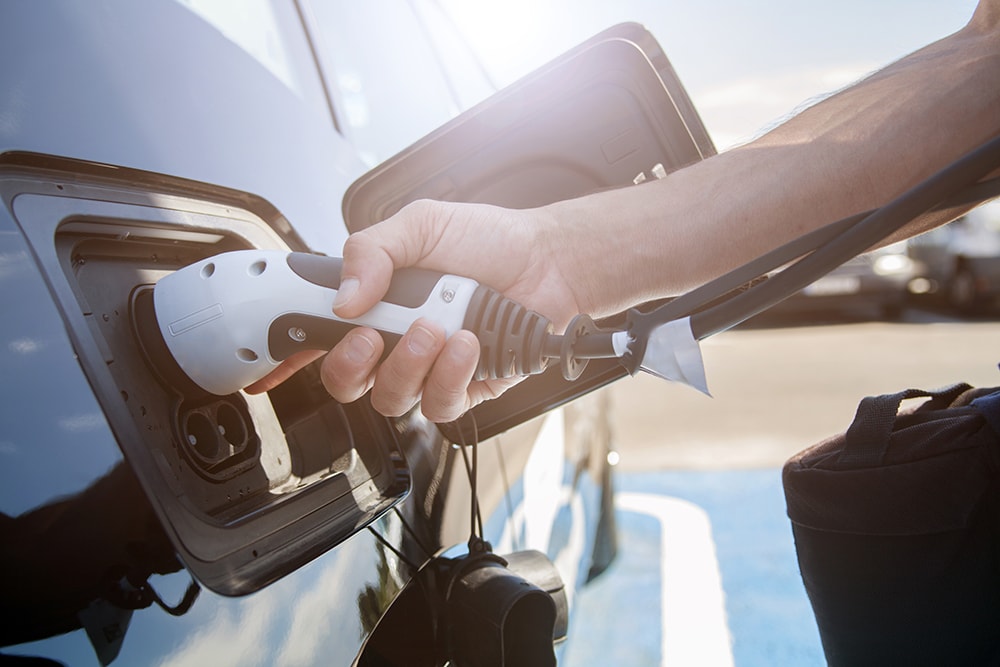Electric cars are getting cheaper, faster and travelling further on a single charge. Yet, many Australian motorists are still wondering what the real differences are, and whether electric cars are better than their petrol counterparts.
When it comes to choosing a car, it’s common to consider performance and safety but cost often remains at the top of the list. As technology evolves and more people embrace electric mobility, the future of cars in Australia could be even greener and cheaper than many expected.
Let’s take a closer look at the major differences between electric and petrol cars.



